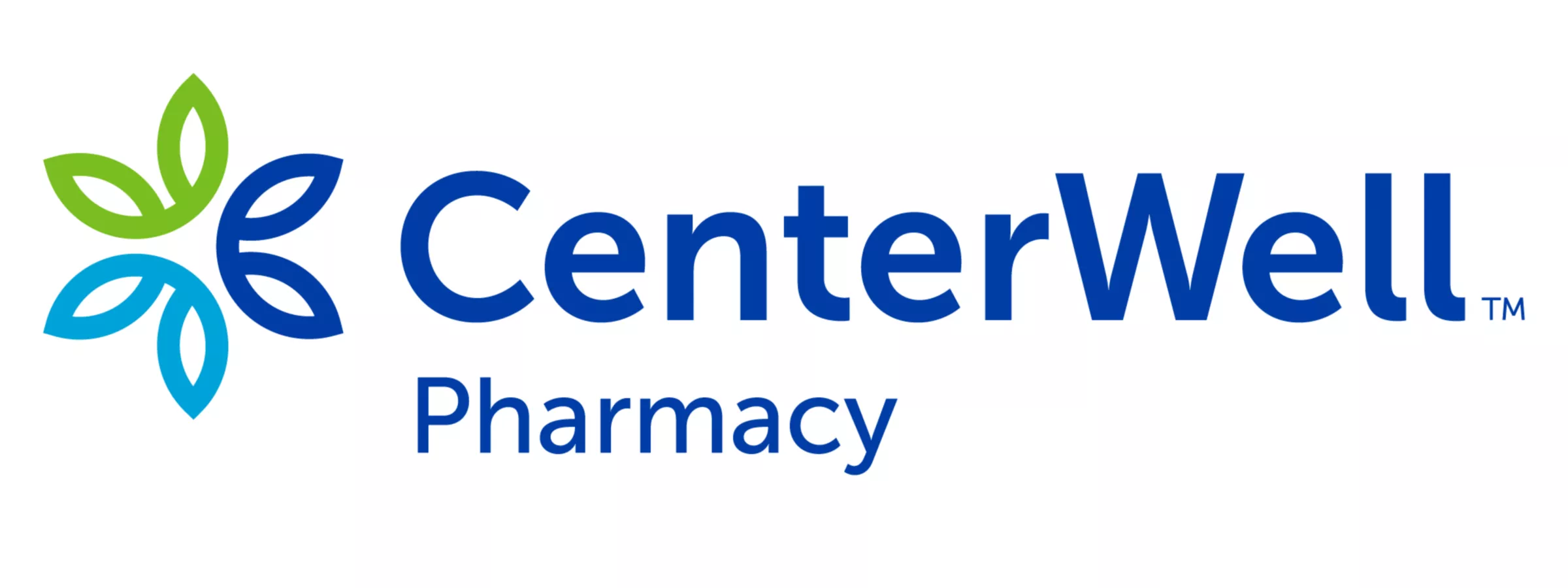Adoption of a value-based care (VBC) framework has grown over the past several years, with more providers, hospitals, payers, plan sponsors and patients showing a preference for this healthcare delivery model over a traditional fee-for-service (FFS) model. The move toward VBC is expected to continue: According to a report by McKinsey & Company, growth in the value-based care market could lead to a valuation of $1 trillion in enterprise value, up from $500 billion today1.
In a value-based care system, providers are rewarded for helping patients improve their health while reducing the incidence of chronic disease. The result is improvements in the quality of care and patient health outcomes, along with better cost control. The benefits of this model extend to patients, physicians, the healthcare system and society as a whole. Many Medicare Advantage plans adhere to a VBC framework, with 70% of individual Medicare Advantage (MA) members aligned to value-based providers in 20232.
In contrast, Original Medicare is based on an FFS model, in which providers are reimbursed according to the amount of healthcare services they deliver or procedures they perform. This is tied to a lower quality of care, worse patient outcomes and higher healthcare expenditures.

This chart compares value-based care and fee-for-service models by examining several key metrics.
| Key metric | value-based care model | Fee-for-service model |
|---|---|---|
Patient health outcomes |
Better patient outcomes
|
Worse patient outcomes
|
Patient experience |
Patient-centered care model leads to greater patient satisfaction
|
Potentially worse patient experience, less time spent with PCP
|
Care coordination and quality of care |
Integrated model with PCP coordinating care
|
Fragmented delivery of care
|
Healthcare utilization |
Lower utilization driven by fewer inpatient visits
|
Higher utilization
|
Healthcare expenditure |
Lower healthcare expenditures and total cost of care
|
Greater healthcare expenditures and total cost of care
|
Physician experience |
Model incentivizes care teams working together
|
Quantitatively driven: Focus on number of patients and procedures
|
Physician compensation structure |
Compensation linked to patient outcomes and clinician performance
|
Compensation tied to number of patients seen and procedures performed
|
- “Investing in the New Era of Value-based Care,” McKinsey & Company, last accessed Aug. 16, 2024, https://www.mckinsey.com/industries/healthcare/our-insights/investing-in-the-new-era-of-value-based-care
- Humana 2023 Value-based Care Report, last accessed Aug. 16, 2024, https://provider.humana.com/value-based-care/value-based-care-report
- Humana 2023 Value-based Care Report, last accessed May 13, 2025, https://assets.humana.com/is/content/humana/2088482_CM-2024-VBC_Report_11x8.5pdf-1
- Christie Teigland, et al., “Harvard-Inovalon Medicare Study: Utlization and Efficiency Under Medicare Advantage vs. Medicare Fee-for-Service,” Inovalon, last accessed Aug. 16, 2024, https://www.inovalon.com/wp-content/uploads/2023/11/PAY-23-1601-Insights-Harvard-Campaign-Whitepaper_FINAL.pdf


